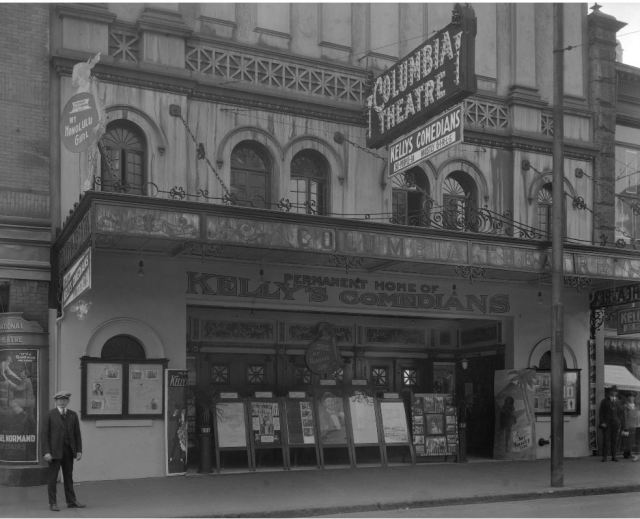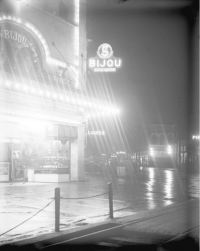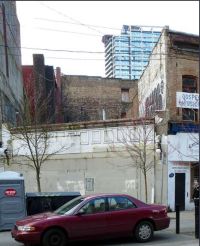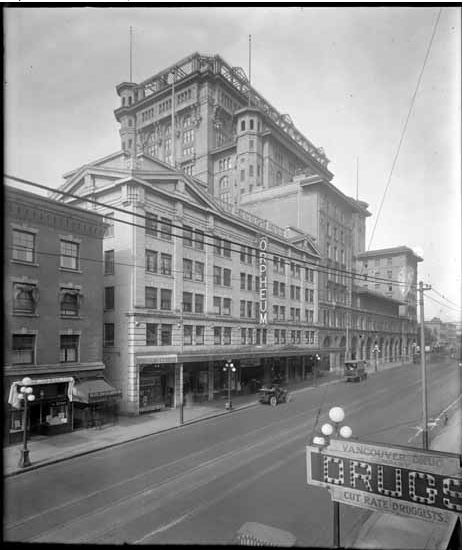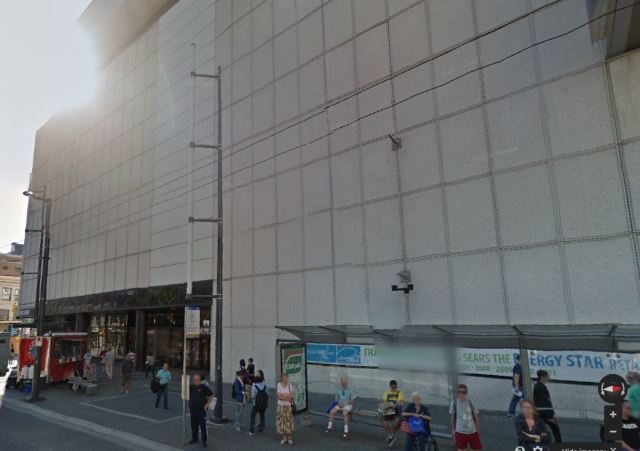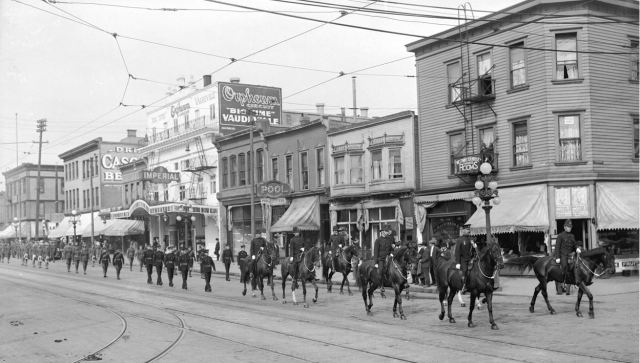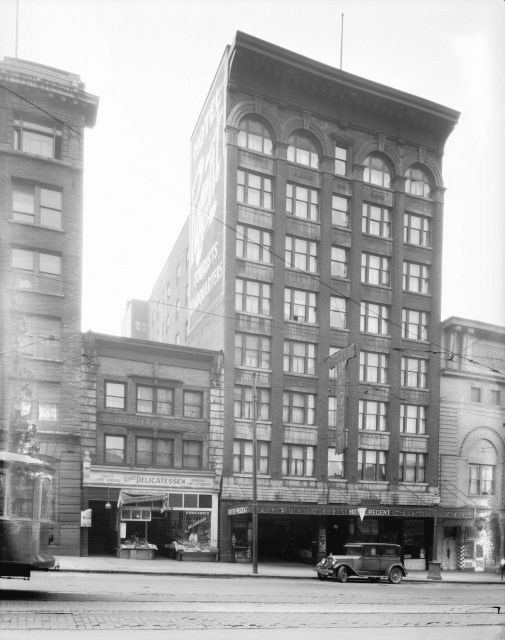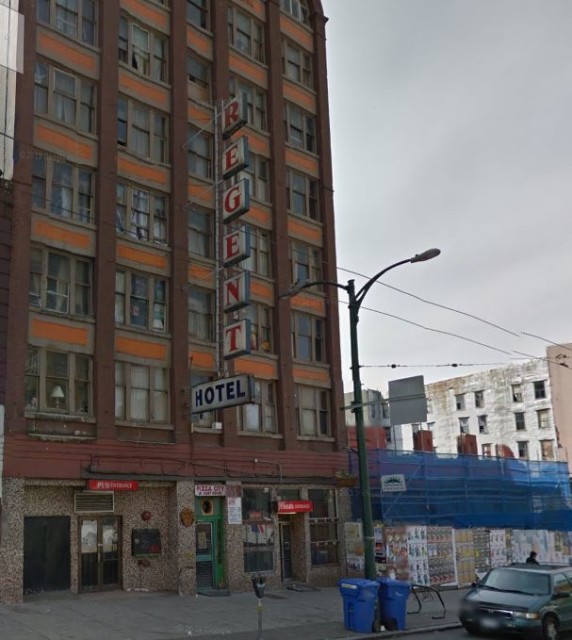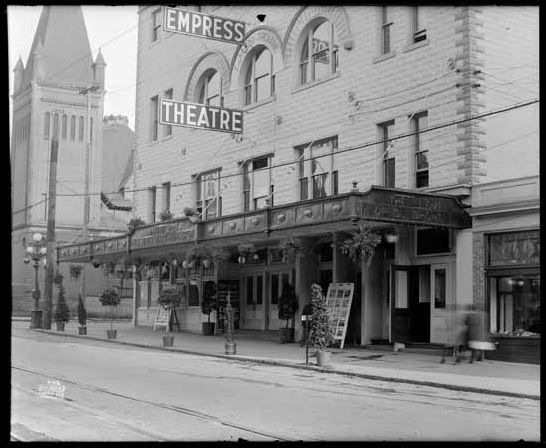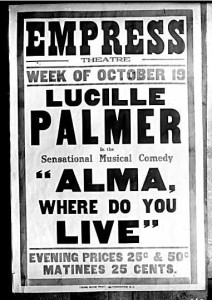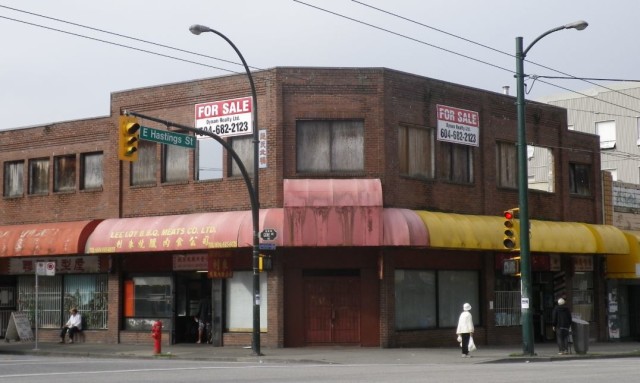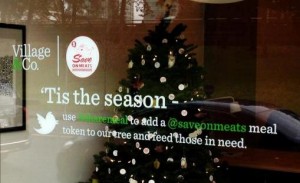On January 1, 2020 the Polar Bear Swim celebrated its 100th anniversary. It was by far the biggest year ever, with about 7,000 people hitting the water of English Bay. Being an Aussie, I really don’t get the appeal of plunging into frigid salty water, but I do love the history behind this crazy local tradition.
This story is an excerpt from Vancouver Exposed: Searching for the City’s Hidden History
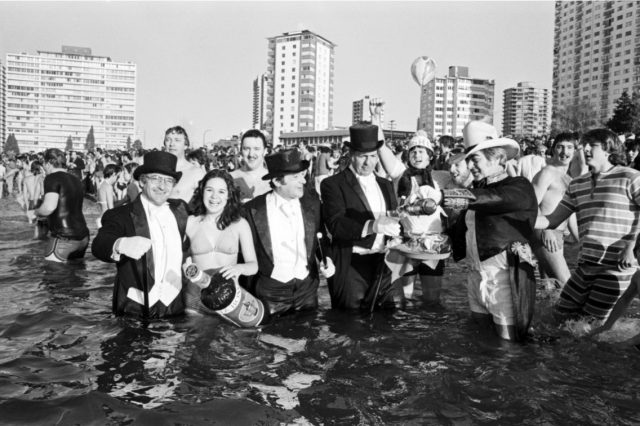
Started in 1920:
Peter Pantages started the Polar Bear Swim in 1920, a year or so after he arrived in Vancouver from Andros, Greece. He worked at his Uncle Alexander’s Pantages Theatre on Hastings Street, and he’d swim at English Bay every day. Soon nine friends joined him on the daily dip. They became the first official members of the Polar Bear Club. Anyone who wanted to be president had to swim every day—no freezing rain, snow or sickness excused. It’s not surprising that Peter was voted president for the next 51 years.
In the early years, participants swam about 300 metres around the English Bay Pier. When that disappeared in 1939, there was a freestyle sprint to a red buoy 100 metres out from shore.
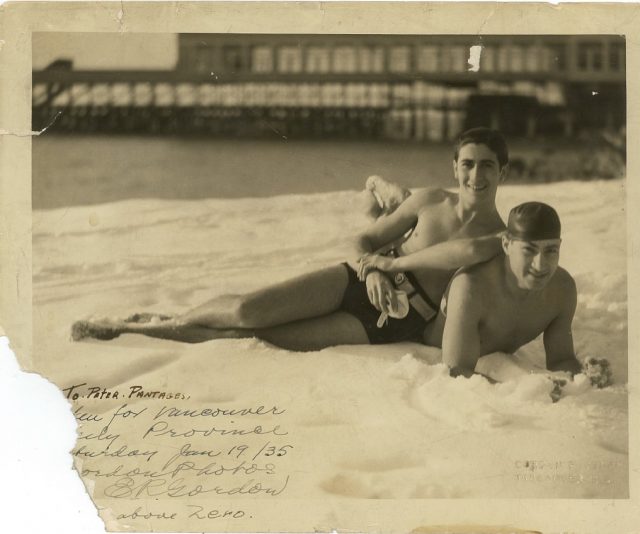
Swam every day:
When Peter swam alone on foggy Vancouver days, he’d find his way back to the beach by listening for the rattle of the streetcars at Denman and Davie. At other times, he’d leave a lighted red coal oil lantern to guide him back to shore.
Peter’s granddaughter, Lisa Pantages became president of the Polar Bear Swim in 1990 after taking over the mantel from her uncle Basil Pantages. The Pantages are still very much involved in the annual swim—but these days the Vancouver Parks Board manages the event and Lisa is the swim’s historian. “When you’ve been doing the swim for a number of years you really feel the history in Vancouver and I think that’s such an important element of it,” says Lisa. “It could be 1950 or 1980, and everybody has their own traditions but when you come together you can really feel the magical aspects of the swim.”
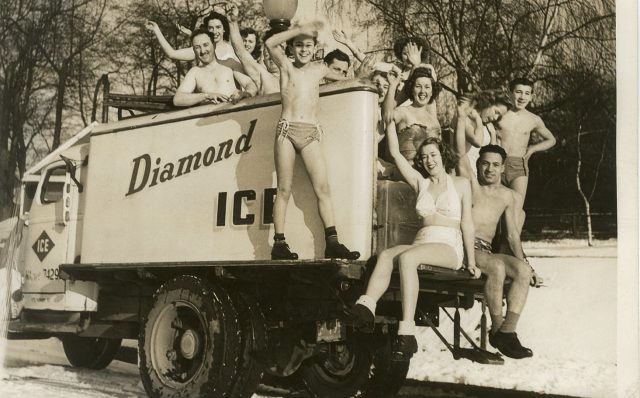
Dress code:
Traditions include a lot of dressing up. Over the years there’s been black tie events, Vikings, Wonder Women, The Flash, wedding dresses, shark suits and pajamas. Some years there have also been skydivers, scuba divers, water skiers and windsurfers.
The water temperature has ranged from 2 to 9 degrees. In 1963, the Parks Board had to dig a trail through two feet of snow so swimmers could reach the water.

Peter died in Hawaii in 1971 when his heart gave out. He was swimming, of course. Over the course of his life he made at least 18,000 daily swims.
This story is an excerpt from Vancouver Exposed: Searching for the City’s Hidden History
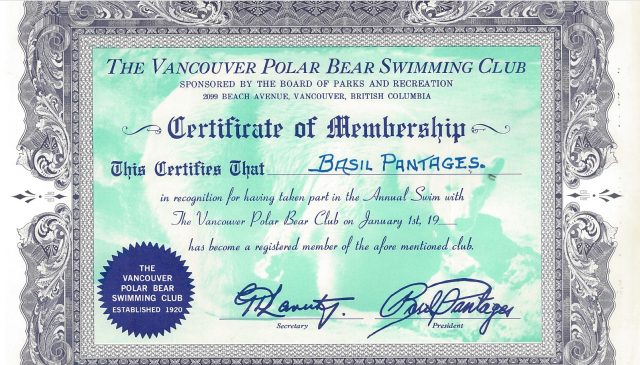
© All rights reserved. Unless otherwise indicated, all blog content copyright Eve Lazarus.


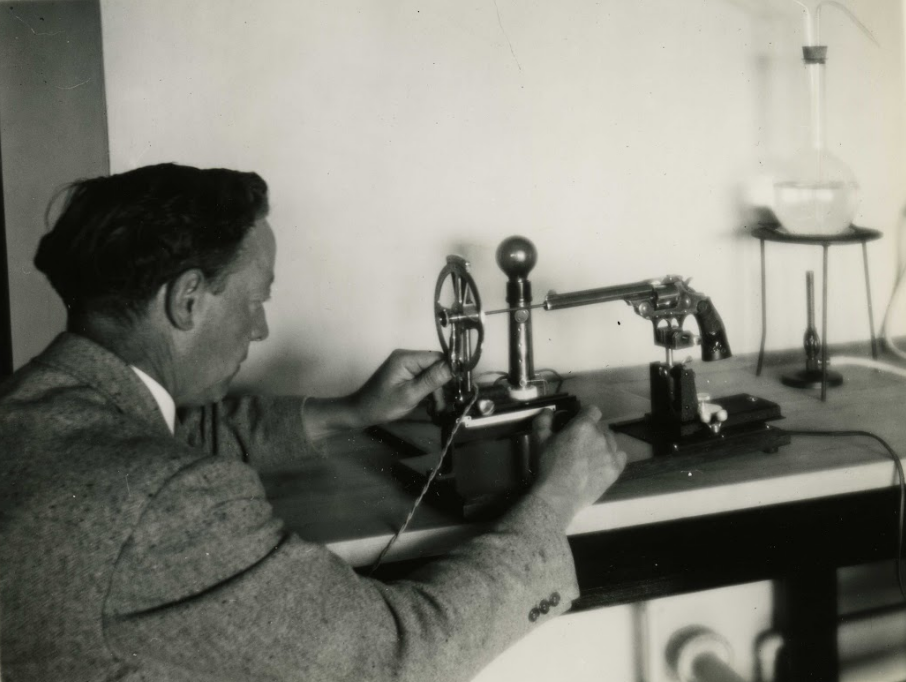
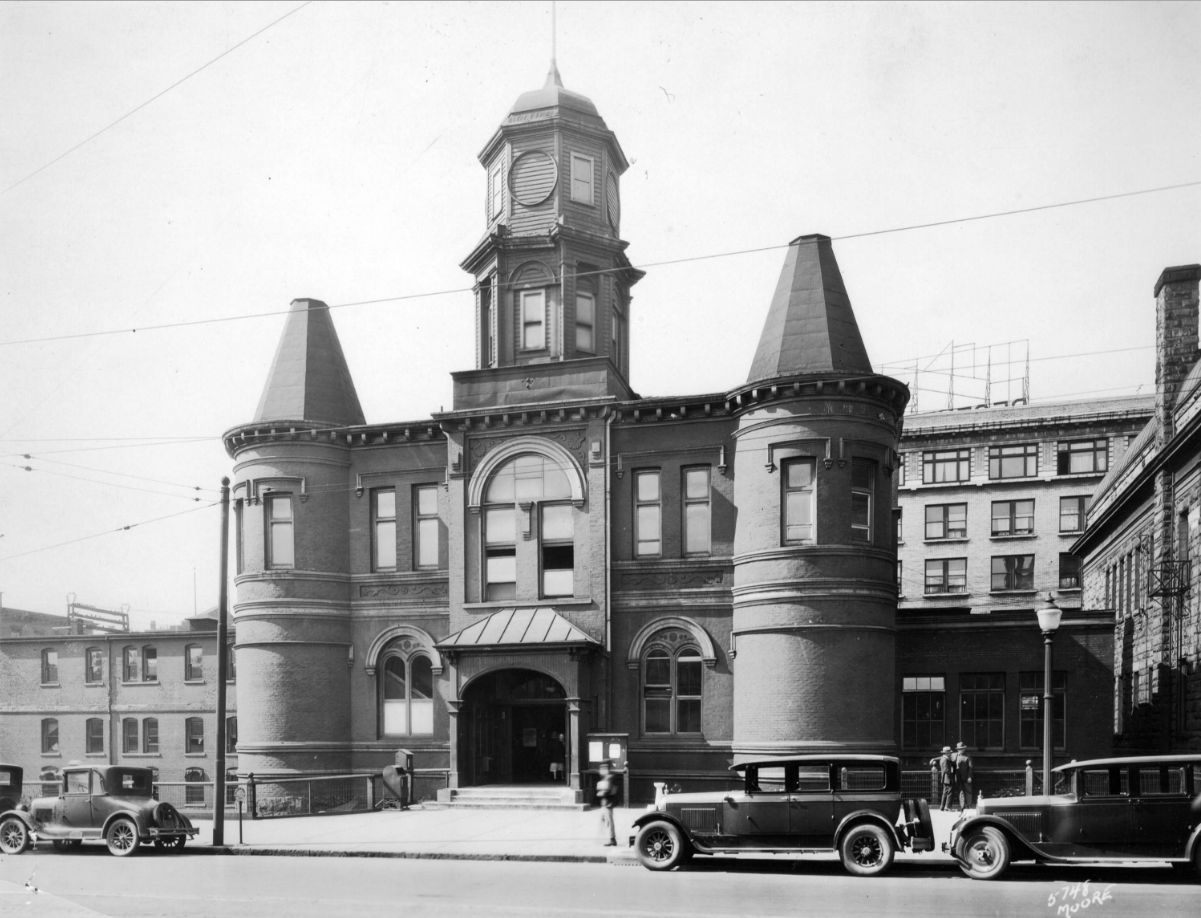
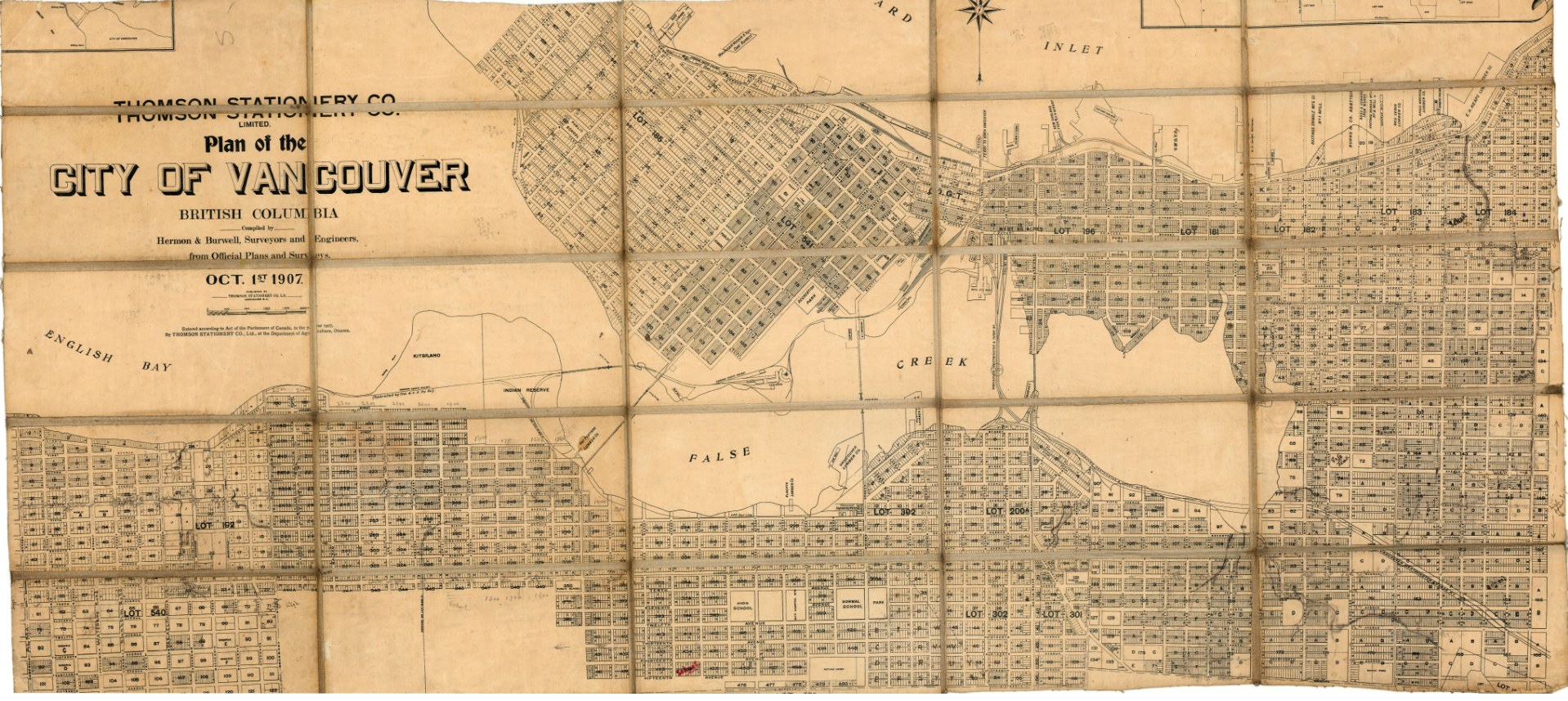
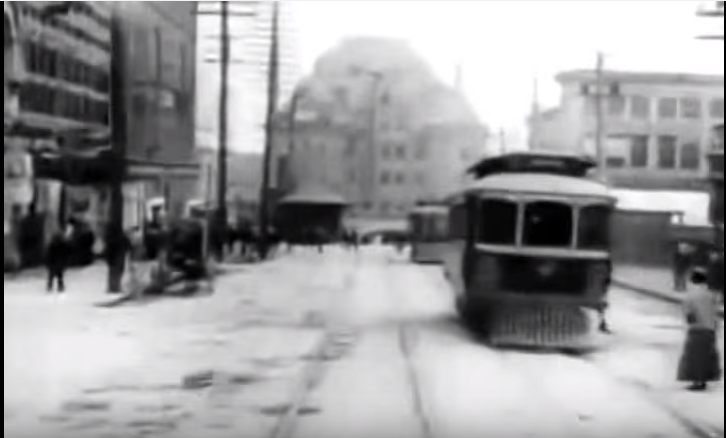


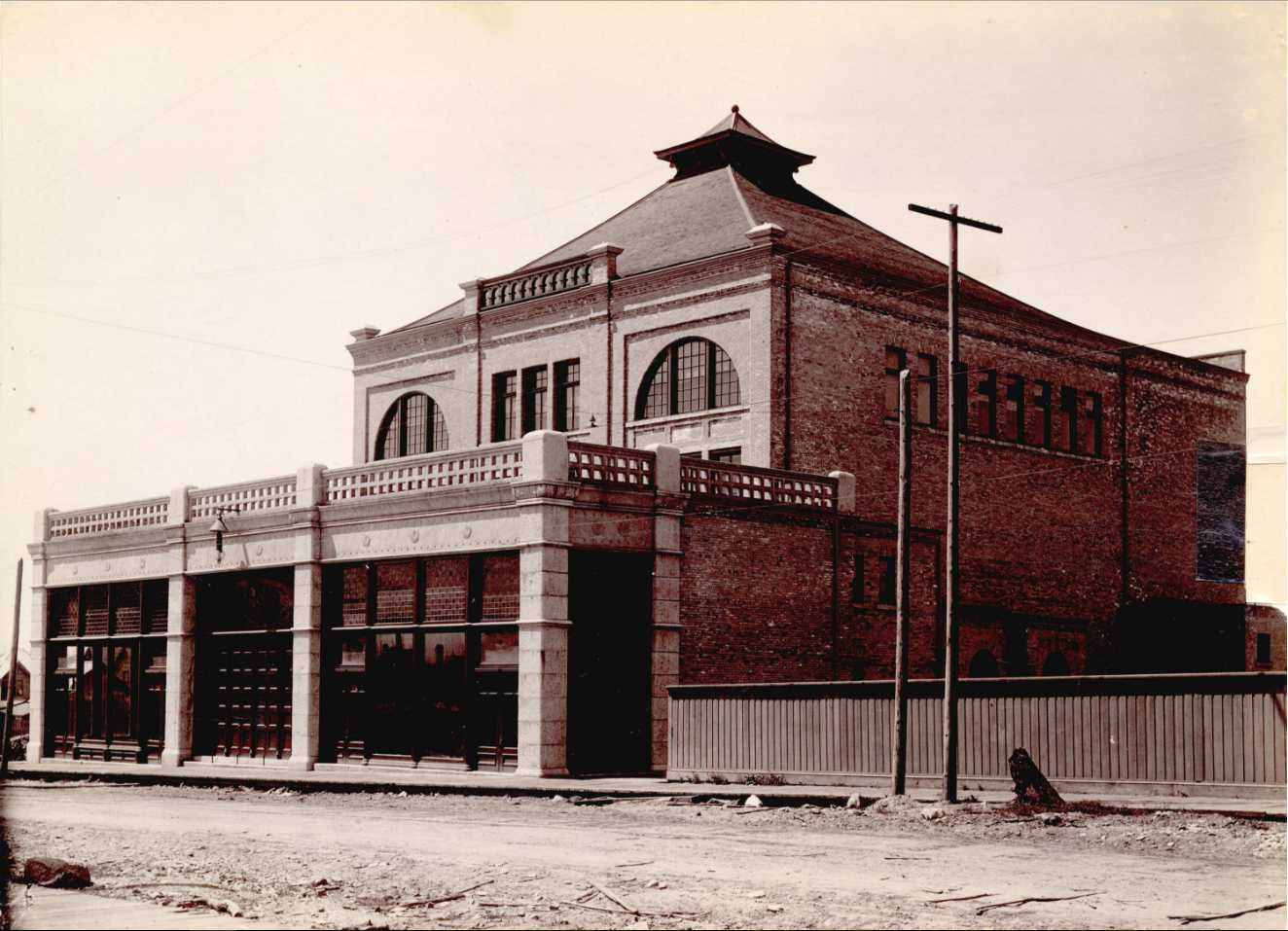
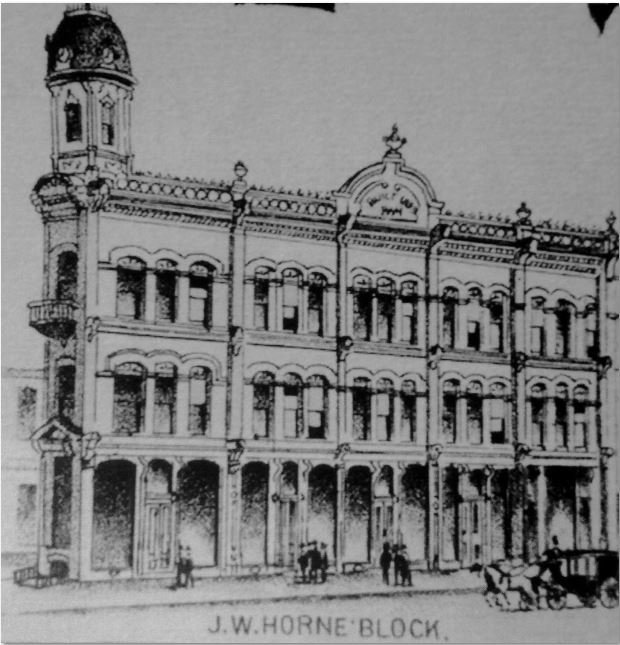
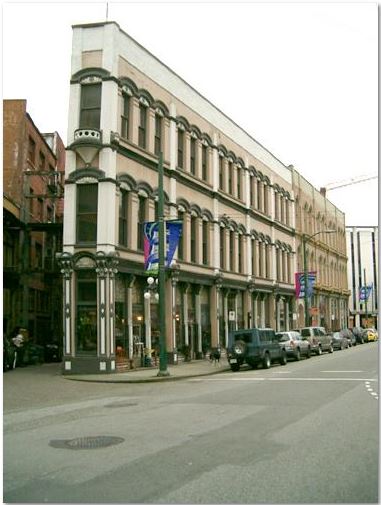

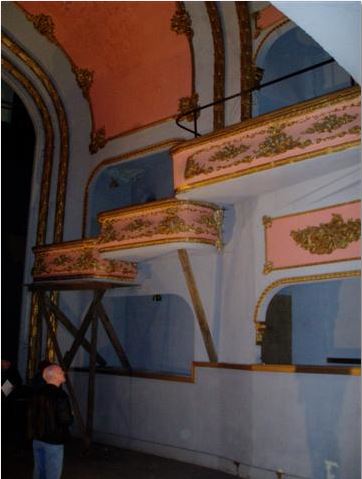
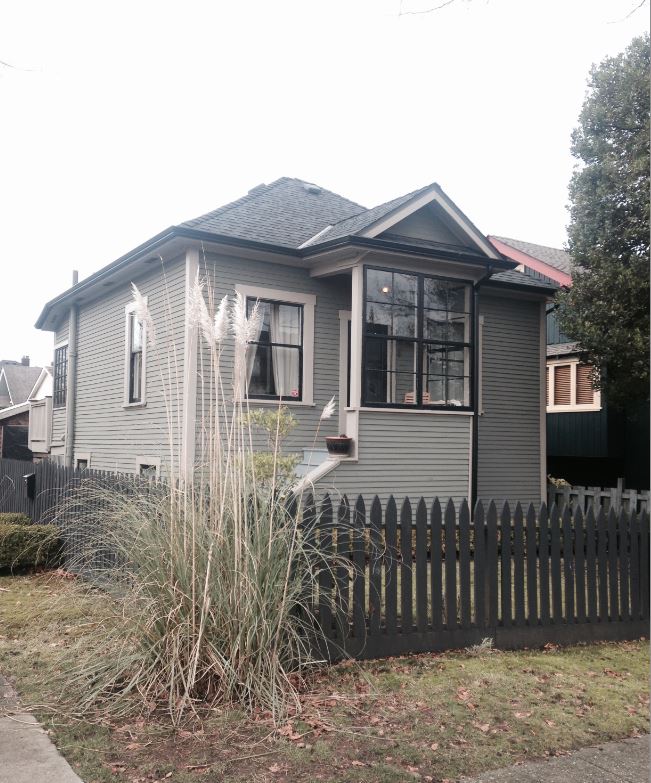

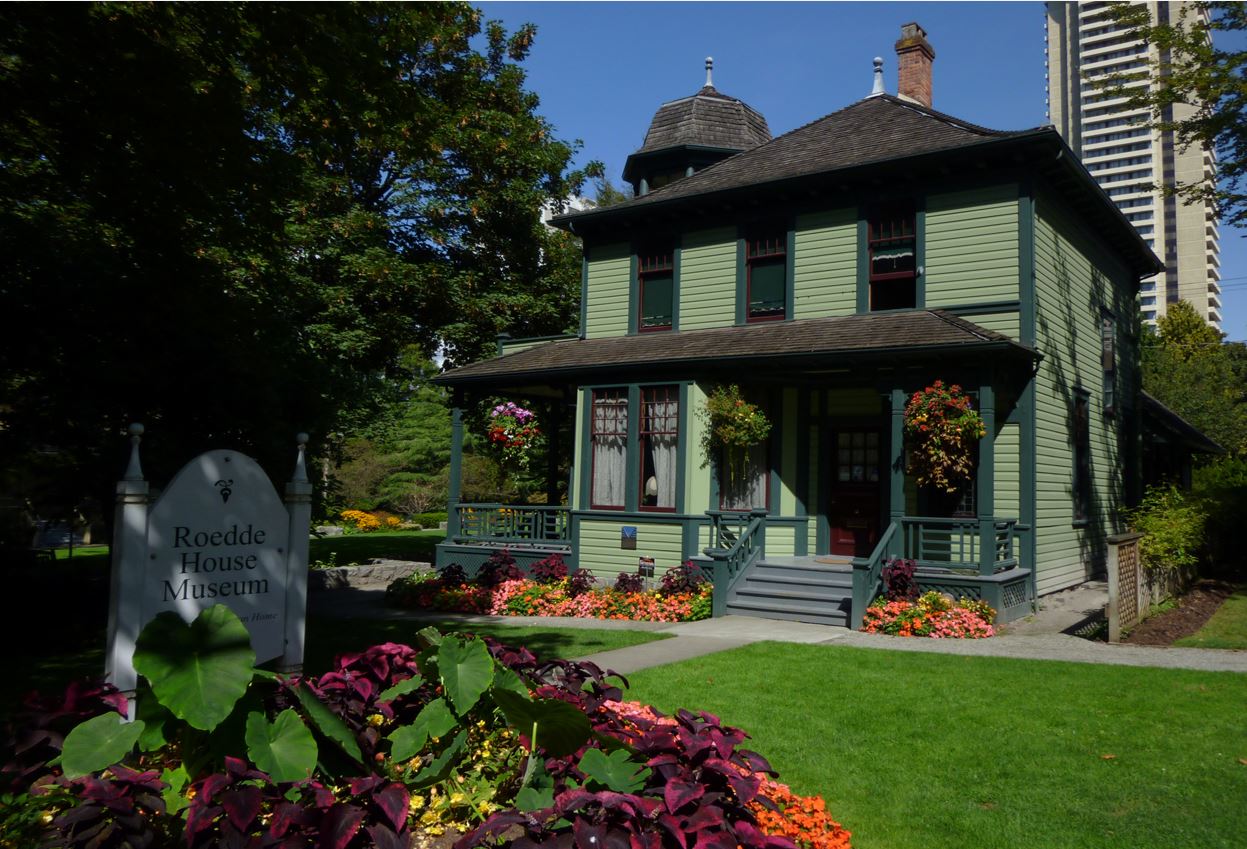
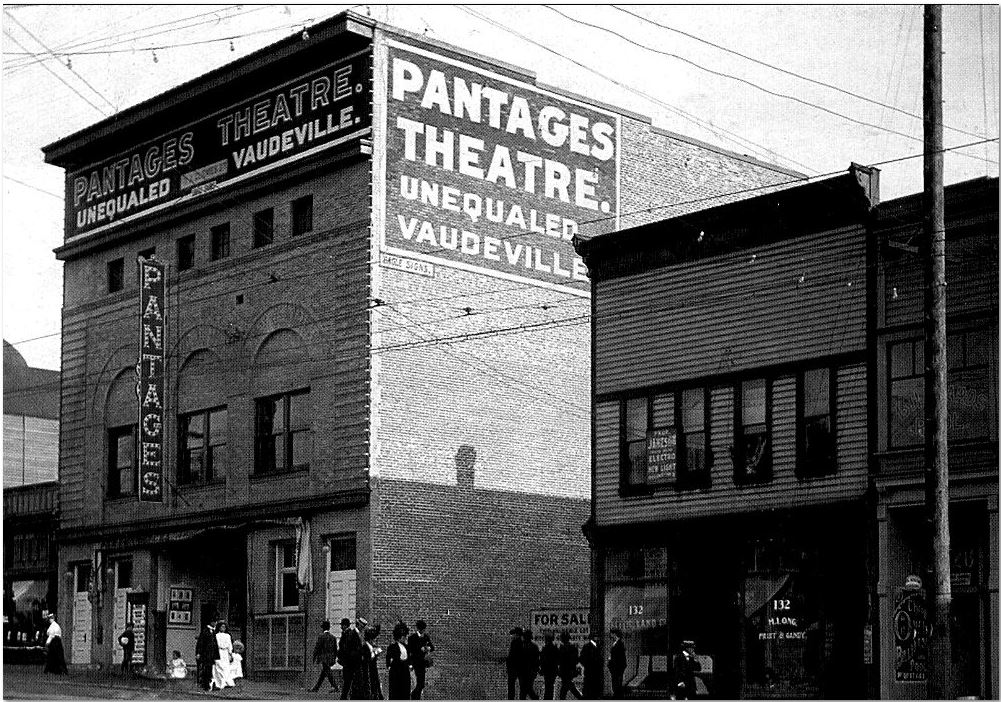
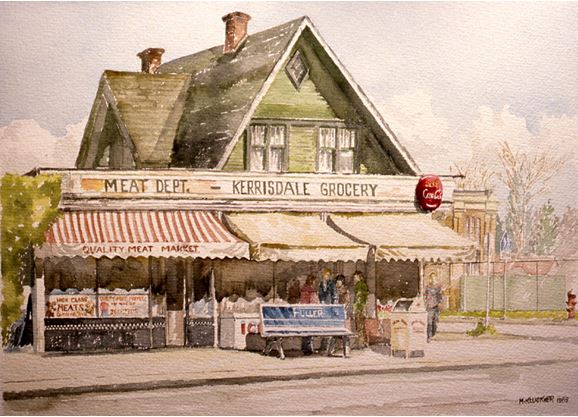
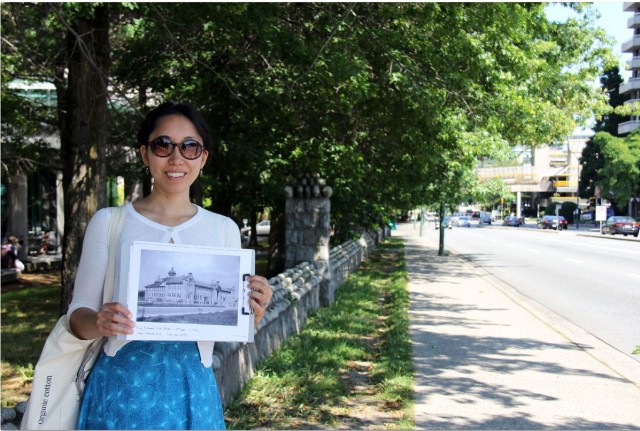




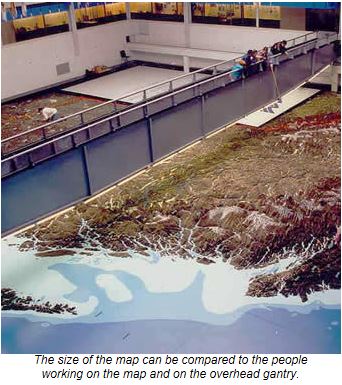 Lisa says that if she had to pick a building that she misses the most it would be the B.C. Pavilion which housed the Challenger Relief Map at the PNE. “The B.C. Pavilion was torn down in 1997 and the Challenger map was placed in storage,” she says (it’s currently at an Air Canada hangar at YVR. “I had the privilege of conducting gantry tours of the map during the 1976 and 1977 Pacific National Exhibitions. I still can’t believe they had the audacity to dismantle the thing! It’s a sad loss for the city and the province.”
Lisa says that if she had to pick a building that she misses the most it would be the B.C. Pavilion which housed the Challenger Relief Map at the PNE. “The B.C. Pavilion was torn down in 1997 and the Challenger map was placed in storage,” she says (it’s currently at an Air Canada hangar at YVR. “I had the privilege of conducting gantry tours of the map during the 1976 and 1977 Pacific National Exhibitions. I still can’t believe they had the audacity to dismantle the thing! It’s a sad loss for the city and the province.”
